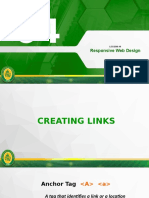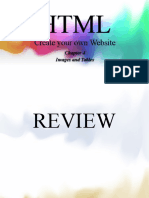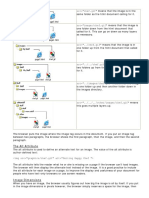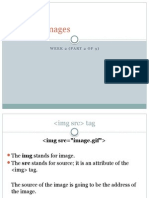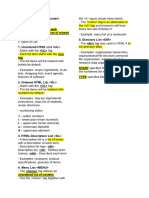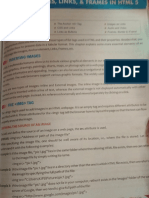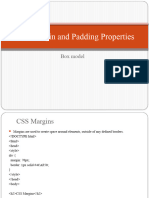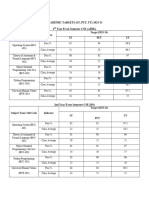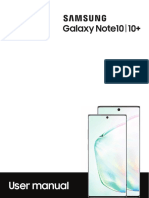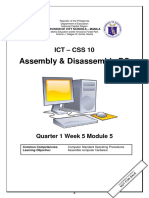0% found this document useful (0 votes)
127 views21 pagesTable and Image in HTML
The document discusses using HTML tables and images on web pages. It covers the basic table structure using <table>, <tr>, and <td> tags and how to add borders, headers, and data. It also covers inserting images with the <img> tag and optimizing image file sizes for faster loading.
Uploaded by
tripathineeharikaCopyright
© © All Rights Reserved
We take content rights seriously. If you suspect this is your content, claim it here.
Available Formats
Download as PPTX, PDF, TXT or read online on Scribd
0% found this document useful (0 votes)
127 views21 pagesTable and Image in HTML
The document discusses using HTML tables and images on web pages. It covers the basic table structure using <table>, <tr>, and <td> tags and how to add borders, headers, and data. It also covers inserting images with the <img> tag and optimizing image file sizes for faster loading.
Uploaded by
tripathineeharikaCopyright
© © All Rights Reserved
We take content rights seriously. If you suspect this is your content, claim it here.
Available Formats
Download as PPTX, PDF, TXT or read online on Scribd
/ 21
